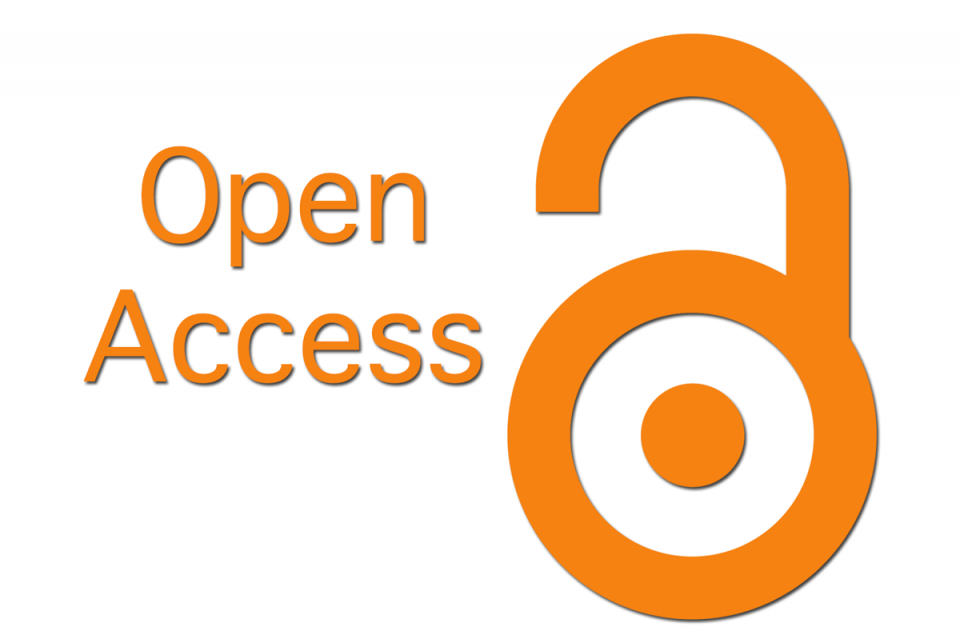“DISGUISE” MEANING IN FORENSIC LINGUISTIC EXPERTISE
Abstract
The article deals with the issue of the scope and content of the concept of "disguise" in the context of forensic linguistic expertise from the perspective of terminological correlation with the phenomenon of cryptolalia. When defining the concept of disguise, it is proposed to be guided by a functional and pragmatic approach, that is, to focus primarily on the purpose for which a particular speech tool was used (speech technique, method of information transmission).In the case of masking, the main purpose is to hide information from third parties. Based on the linguistic works of V. P. Moskvin, in accordance with the above stated approach to the definition of the concept of disguise, the concepts of cryptolalia and eupheme as communicative phenomena opposed to each other by purpose and participants are distinguished. When сryptolalia is used participants are: the addressee, the addresser, the counterparty (third person from whom something is hidden); the goal is concealment of speech content from a third party; when eupheme is used participants are: addressee, addresser, sometimes a third party from whom the information is not hidden; the goal is the mitigation of undesirable names of objects and phenomena. When speaking of illegal activities of the participants of communication, a real or alleged representative of the law is seen as the counterparty (a third party from whom the information is hidden). Examples from expert practice demonstrate the use of alternative nominations to hide information about the subject of speech. In conclusion, it is noted that from the point of view of terminology the concept of masking in forensic linguistic expertise is correlated with the phenomenon of cryptology and denotes concealing information from the counterparty (third party) as the objective of communication achieved by various speech techniques and means of indirect communication.
Downloads
Metrics
References
Борисова И.Н. Русский разговорный диалог: Структура и динамика. М., 2009.
Выразительные средства современной русской речи. Тропы и фигуры. Терминологический словарь/ В.П. Москвин. Ростов-на-Дону, 2007.
Гомон Т.В. Судебно-автороведческая экспертиза текстов документов, составленных с намеренным искажением письменной речи: дис. … канд. юр. наук. Москва, 1992.
Доронина С.В. «Командир! Может, договоримся?»: приемы дискурсивного анализа в лингвистической экспертизе текстов по антикоррупционным делам. Политическая лингвистика. 2015. № 3 (53).
Козлов А.Е., Саженина Я.Х. Семантические и прагматические показатели маскировки в экономических преступлениях. Лингвокультурология, 2016. URL: https://cyberleninka.ru/article/n/semanticheskie-i-pragmaticheskie-pokazateli-maskirovki-v-ekonomicheskih-prestupleniyah.
Кусов Г.В. Использование специальной терминологии в судебной лингвистической экспертизе. Юридические науки. Теория и практика общественного развития. 2011. № 6. URL: http://teoria-practica.ru/rus/files/arhiv_zhurnala/2011/5/yurisprudentsiya/kusov.pdf/.
Москвин В.П. Эвфемизмы в лексической системе современного русского языка, Москва, 2007.
Москвин В.П. Эвфемизмы: системные связи, функции и способы образования. Вопросы языкознания. 2001. № 3.
Никитина А.М. К вопросу об эвфемии: этико-риторический аспект. Наука и школа. – 2011. Вып. 5. URL: https://cyberleninka.ru/article/n/k-voprosu-ob-evfemii-etiko-ritoricheskiy-aspekt.
Судебная лингвистика: монография/ О.Н. Матвеева, Н.В. Вязигина, Ю.В. Холоденко, С.И. Кузеванова, М.Е. Маргольф, А.А. Селина/ Под ред. О.Н. Матвеевой. Барнаул, 2015.
References
Borisova, I. N. (2009). Russian spoken dialogue: Structure and dynamics [Russkiirazgovornii dialog: strukturaidinamica]. Moscow (in Russian).
Doronina, S. V. (2015). Let`s agree, commander! The methods of discourse analysis in linguistic expertise of text on anti-corruption cases [Komandir! Moget, dogovorimsya? Priemi diskursivnogo analiza v lingvisticheskoi ekspertize po antikorruptsionnim delam]. Political linguistics, 3(53) (in Russian).
Gomon, T. V. (1992). Forensic author studies examination of the texts of documents drawn up with the deliberate distortion of writing. Thesis of Doctoral Dissertation. [Sudebno-avtorovedcheskaya ekspertiza tekstov dokumentov, sostavlennih s namerennim iskazheniem pismennoi rechi]. Moscow (in Russian).
Kozlov, A. E., Sazhenina, Y. H. (2016). Semantic and pragmatic indicators of disguise in economic crimes. Cultural linguistics. Available from: https://cyberleninka.ru/article/n/semanticheskie-i-pragmaticheskie-pokazateli-maskirovki-v-ekonomicheskih-prestupleniyah/ (in Russian).
Kusov, G. V. (2011). The use of special terminology in forensic linguistic expertise. Legal science [Ispolzovanie spesialnoy terminologii v sudebnoy lingvisticheskoy ekspertize]. Theory and practice of social development, 6. Available from: http://teoria-practica.ru/rus/files/arhiv_zhurnala/2011/5/yurisprudentsiya/kusov.pdf/ (in Russian).
Matveeva, O. N., Vaizigina, N. V., Kholodenko, Y. V., Kuzevanova, S. I., Margolf, M. E., & Selina, A.A. (2015). Forensic linguistics: monograph. [Sudebnaya lingvistika]. Barnaul (in Russian).
Moskvin, V. P. (2001). Euphemisms: system connections, functions and methods of creation. [Euphemismi: sistemnie svyazi, funkzii I sposobi obrazovaniya]. Questions of linguistics, 3 (in Russian).
Moskvin, V. P. (2007a). Euphemisms in the lexical system of the modern Russian language [Euphemismi v leksicheskoy sisteme sovremennogo russkogo yazika]. Moscow (in Russian).
Moskvin, V. P. (2007b). Expressive means of modern Russian speech. Trails and figures. Terminological dictionary. [Virazitelnie sredstva sovremenoy russkoy rechi. Tropy I figury. Terminjlogicheskiy slovar]. Rostov-on-Don (in Russian).
Nikitina, A. M. (2011). To the question about Eufemia: ethical and rhetorical aspects. Science and School, 5. Available from: https://cyberleninka.ru/article/n/k-voprosu-ob-evfemii-etiko-ritoricheskiy-aspekt/ (in Russian).
Copyright (c) 2019 Ekaterina Dailof

This work is licensed under a Creative Commons Attribution 4.0 International License.
The authors, which are published in this journal, agree to the following conditions:
1. Authors retain the copyright to the work and transfer to the journal the right of the first publication along with the work, at the same time licensing it under the terms of the Creative Commons Attribution License, which allows others to distribute this work with the obligatory indication of the authorship of this work and a link to the original publication in this journal .
2. The authors retain the right to enter into separate, additional contractual agreements for the non-exclusive distribution of the version of the work published by this journal (for example, to place it in the university depository or to publish it in a book), with reference to the original publication in this journal.
3. Authors are allowed to post their work on the Internet (for example, in a university repository or on their personal website) before and during the review process of this journal, as this may lead to a productive discussion, as well as more links to this published work (See The Effect of Open Access).










